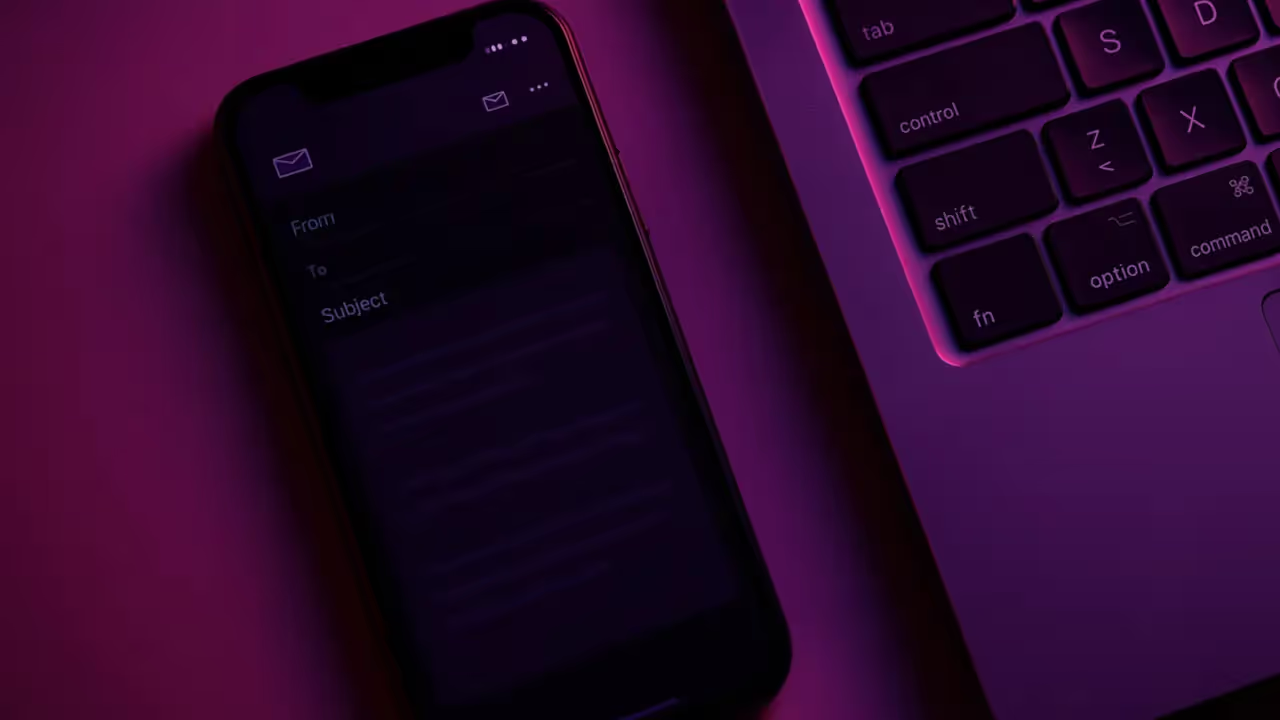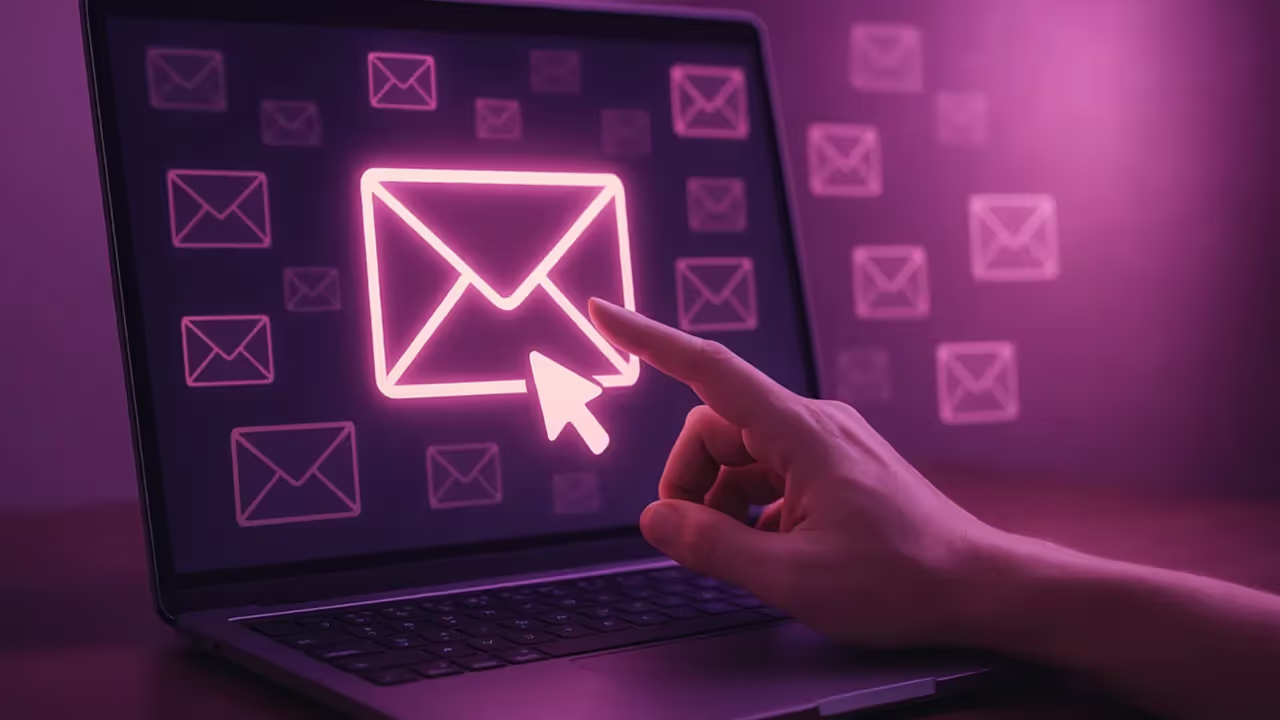5 Great Email Marketing Reengagement Tactics for Retailers
At Enchant, we are strong advocates of lifecycle marketing and as email marketing and paid social consults, we help retail brands to map out their customer lifecycle and focus their efforts on the key lifecycle stages. Reengagement (or customer win-back) is one of these lifecycle stages, and it's one that a lot of marketers don't do so well – if at all...
In this blog, we outline 5 top email marketing reengagement tactics for winning back customers and improving the quality of your email database.
1. Don't wait too long to reengage subscribers
It's important to establish what constitutes a disengaged subscriber. It can differ across industries and business types, but in retail you really don't want to wait 6 months before trying to reactivate subscribers.
Start by defining the reengagement criteria for subscribers. Don't be fooled by the open rate, as it's not a true reflection on whether the subscriber is still interested in your brand. Disengaged subscribers are really those who've stopped engaging with emails, and we're talking about clicks here rather than opens.
It's also important that you don't wait until they've completely lapsed before you look to reengage them. Be proactive. If someone hasn't opened or clicked an email 2 months, they should perhaps already qualify for reengagement campaigns. Start the reengagement process early and begin with a fun, friendly tone.
Take a look at this simple-but-effective email campaign below from Redbubble.

2. Create automated reengagement rules
Once you've planned your email reengagement strategy and created campaigns, you need to automate them. Some brands wrongly assume that reengaging subscribers is a manual approach, segmenting lists within your email database and sending out win-back campaigns to these lists. Marketing automation can do this for you. It will save you a lot of time and it's a much more efficient and effective process.
Set up automated triggers and enrollment rules that will send out different campaigns to different subscribers, according to their level of engagement (or disengagement). Email workflows can be as granular as you like, as most ESPs have good automation capabilities.
Now, if you're a B2B brand considering follow up emails and what might be best, this guide has some great tips.
3. Create a reactivation email series
As with any automated email marketing campaign, your reengagement campaigns should consist of a series of emails. Create automated workflows that seek to reactivate your disengaged subscribers through a number of different rules and behavioural triggers.
Create a series of emails with different tactics, starting with some light emails offering value to encourage engagement, followed by more direct tactics for those who don't respond to the initial reactivation emails.
Your final email in the series, to those who appear unlikely to reengage, should seek to present an ultimatum. Don't be afraid at this point to invite recipients to unsubscribe if they no longer see value in your brand's marketing messages. Removing disengaged subscribers will actually cleanse your email database.
Check out this clever ultimatum-style reengagement email from Urban Outfitters:

4. Think beyond the discount
In retail, if someone isn't engaging with your emails, the temptation is to use discounts to win them back. Although this can be an effective tactic, especially if the offer is quoted in the subject line, it shouldn't be the go-to tactic for reactivation strategies.
This reengagement email from Missguided uses a free next-day delivery offer to incentivise subscribers:

Dig deeper into the reasons why your most disengaged subscribers are not responding. Are you using personalisation? Do you send out broad email newsletters, rather than more targeted campaigns? Are your emails utilising dynamic email features and live content?Focusing on relevance can help you reduce the number of lapsed subscribers in the future.
For your existing disengaged subscribers, think about offering them something of value that doesn't cost you as much as offering discounts and which might actually be more helpful.
5. Take an omnichannel approach
Reactivation campaigns via email marketing can be very effective, but consider other channels for customer win-back. This email example below from Habitat shows how you can encourage email subscribers to engage with your brand via social channels:

There are a lots of reasons why some subscribers might have stopped engaging with your emails and it's not always down to your content. Consider circumstantial factors, such as customers who've changed their email address but haven't updated their account details.
Use other channels to enquire whether their email address is still valid. This can prompt them to start engaging again, to change their preferences or update their email address, if it has changed. By leveraging tools like Linkee, you can efficiently verify email addresses and ensure your communications reach the intended recipients. This proactive approach not only enhances email deliverability but also fosters stronger connections with your audience, leading to increased engagement and retention rates.
Wrapping up
We hope this blog has opened your eyes to the importance of reengaging lapsed email subscribers. It's a scary statistic, but up to 75% of your email database can be made up of disengaged subscribers. If you don't address this and create an email reactivation strategyemail reactivation strategy, this is a huge missed opportunity.
Otherwise, you could be communicating with as little as a quarter of your database with email campaigns. This means a lot of wasted time and resources, and it means you're not being strategic enough.
Get everything you need to know in our free Email Marketing Reactivation Guide for Retailers and start creating your strategy today!




.svg)





.avif)








